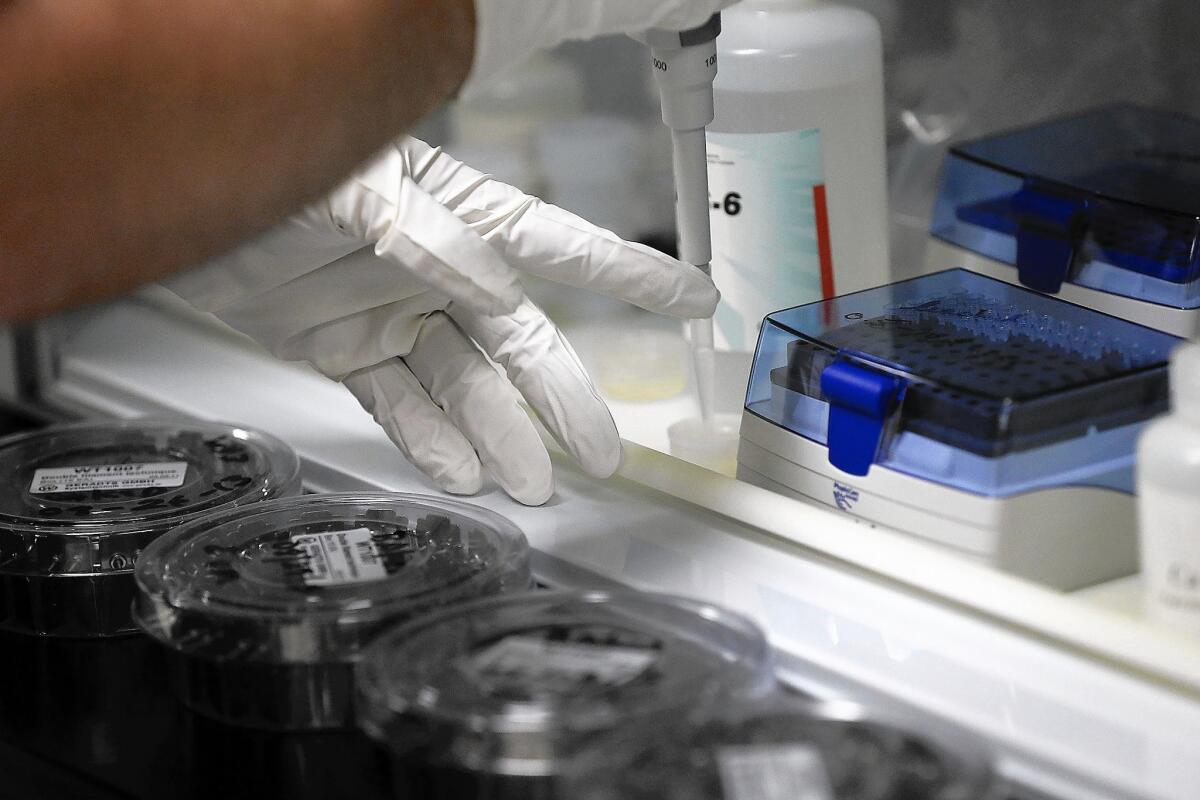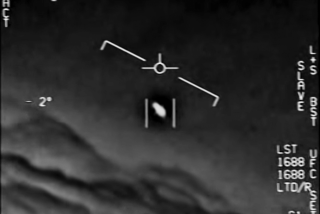Nuclear forensic experts prepare for the worst and hope to deter it

If federal agents ever capture a stolen nuclear weapon — or have to investigate the detonation of one — they will turn to one of the most esoteric groups of detectives in the world.
Investigators will need proof of where a weapon came from and who was responsible — a task requiring some of the most sophisticated scientific tools in the federal laboratory system.
Radioactive fallout from a weapon would provide importance clues, as might a suspected smuggler’s fingernails or hair. Atomic analysis of chemical traces left in the human body from exposure to different environments might show that a suspect spent time in Kabul, Afghanistan; Tehran; or Pyongyang, North Korea.
That’s the aim of scientists at the Energy Department’s Oak Ridge National Laboratory, which is researching how the human body stores trace chemicals unique to different parts of the world.
Dust, food and water can leave their imprints in the human body in amounts so minuscule that only the most powerful scientific tools can spot them.
“It requires the best analytic chemistry in the world,” said Paula Cable-Dunlap, chief of the Nonproliferation, Safeguards and Security Programs at Oak Ridge.
The research is part of a national program on nuclear forensics. The work was stepped up after the 2001 attacks on the Pentagon and World Trade Center when nuclear weapons experts warned that terrorists could smuggle a nuclear weapon into the U.S. or detonate a conventional bomb that would spread deadly radioactive material in a city.
The idea was that nuclear forensics would help prevent the theft or sale of nuclear materials from reactors and enrichment facilities around the world. And the scientific capability also aimed for a type of Cold War deterrence, in which enemy nations might worry about U.S. retaliation if their secret role in a terrorist attack was identified.
If a nuclear bomb goes off in the U.S., scientists hope to determine the size of the detonation within hours, the sophistication of the bomb within a day and its origin within a week. The radioactive fallout would leave clues about what nation produced the weapon or whether it was a new design.
Progress has been slow.
“It hasn’t been a high priority,” said John Hamre, a former deputy Defense secretary during the Clinton administration who helped launch the program even before the 2001 attacks. “I don’t think we are spending enough. This has not received the focus it should by the Bush or Obama administrations.”
Hamre, who is president of the Center for Strategic and International Studies, said the U.S needed the ability to confront countries with direct evidence of their involvement if such an attack were to occur.
“My personal view is that in the next 20 years, it is more likely than not that we will have an event,” Hamre said.
Every nuclear fuel has specific markers, giving scientists a chance to identify what reactor plutonium came from or what ore body produced uranium that was later enriched.
“It involves isotope ratios and concentrations of chemicals in a mix,” said Brad Hart, director of the forensic science center at the Lawrence Livermore National Laboratory in the San Francisco Bay Area. “That is a key to forensics, finding traces that may be a fingerprint.”
“If I were going to synthesize a toxic chemical, how I did that would create impurities that helps a chemist understand the process that was used to create it,” Hart said.
Much of the work at Oak Ridge, Livermore and other labs involves routine analysis of samples taken by the International Atomic Energy Agency from reactors and fuel programs around the world.
Samples gathered by international inspectors must be carefully analyzed to make sure the reactors are complying with nonproliferation treaties. If a reactor is supposed to have 32 fuel rods, for example, and two were missing, it would slightly alter the ratio of isotopes in the samples that are analyzed in the Oak Ridge lab, Cable-Dunlap said.
The work involves high-precision chemical analysis with international security at stake, involving tiny samples that must be refined and examined in a mass spectrometer.
“There is no room for error,” said Eddy McBay, a mass spectrometrist focused on the analysis of trace levels of materials.
But how big a role nuclear forensics can play in deterring an attack is uncertain, many experts say.
“It is arguable how much deterrence value it has,” said Philip Coyle, a former deputy director at Livermore and more recently a security advisor in the Obama administration.
Coyle said the capability might deter a middleman who traffics in stolen nuclear materials, but probably not a suicidal terrorist.
Nobody knows exactly what the U.S. government is spending on nuclear forensics, because the work is done at multiple labs and by different agencies.
And so far, the esoteric science of nuclear forensics is not filtering down to law enforcement agencies concerned about civilian crime, said Dr. Ross Zumwalt, a New Mexico medical investigator and a member of a National Academy of Sciences committee on forensics.
“If you picked up a fingernail and it had cobalt in it, we wouldn’t know what it meant,” Zumwalt said. “It is a new and different sort of area than law enforcement normally deals with.”
Still, the research could offer law enforcement new tools in the future.
Livermore scientists, for example, are studying unique proteins in keratin, the outer layer of skin that everyone sheds constantly. They want to use them to trace whether someone has handled certain objects or materials. Unlike DNA, the proteins are less subject to deterioration or corruption, Hart said.
Twitter: @rvartabedian
More to Read
Start your day right
Sign up for Essential California for news, features and recommendations from the L.A. Times and beyond in your inbox six days a week.
You may occasionally receive promotional content from the Los Angeles Times.







